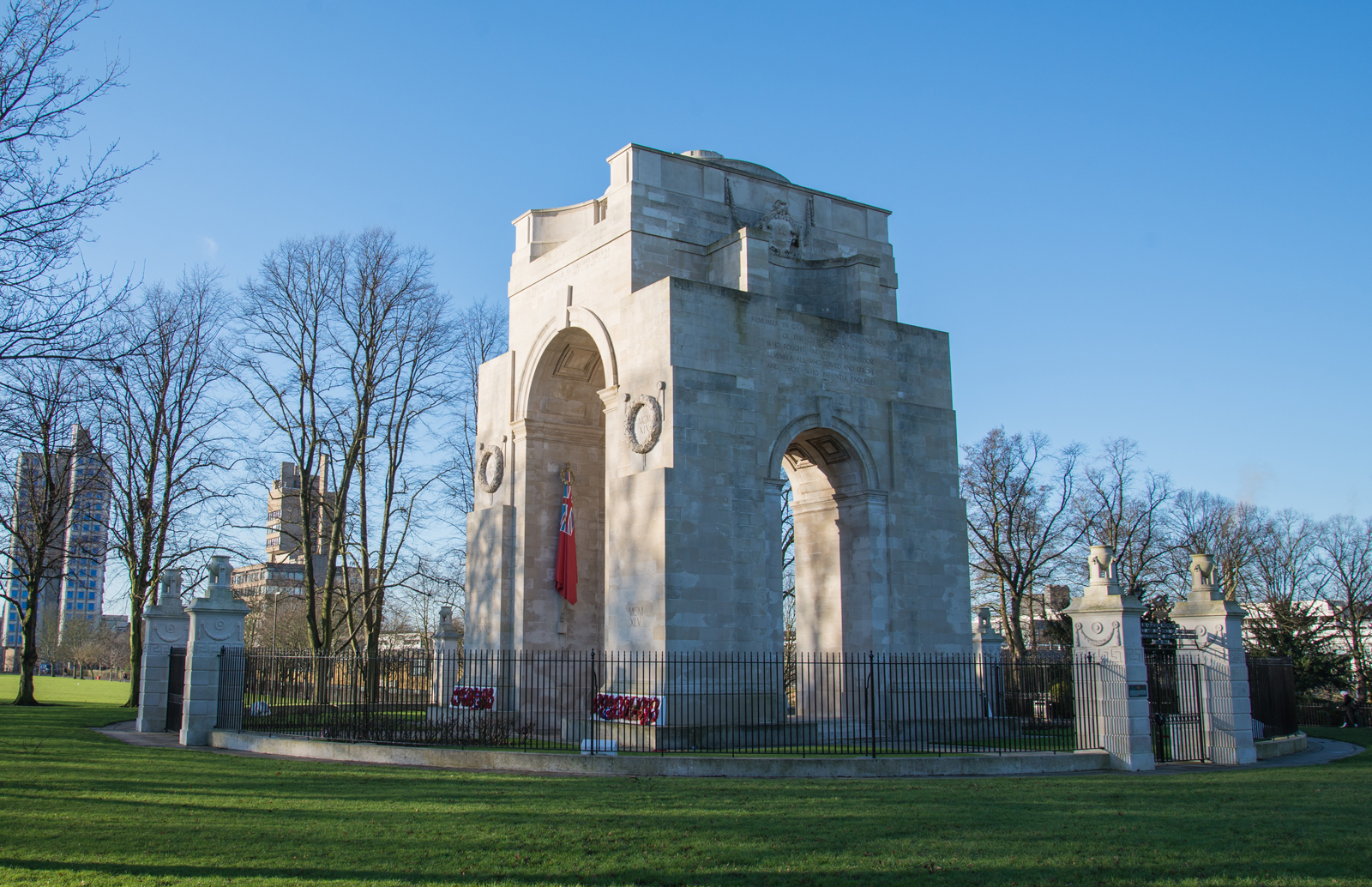Post War Recovery
The rationing and controls imposed during the Second World War remained in place in the immediate post war period. The fragile economy needed careful management to ensure that the country recovered from the effects of the war.
Demand for goods and services was high, blitzed towns and cities had to be rebuilt, wardrobes replenished, and run-down factories refurbished with new, more efficient plant.
Due to shortages, the building of new factories was subject to official approval. Priority areas for investment had been set up before the war in locations with high employment. The policy resulted in companies opening factories across Britain. Corah opened a site at Aberbargoed in Wales and Wolsey developed factories at Welshpool in Wales and Dumfries in Scotland. The post war redistribution of factories continued to reduce the concentration of the knitting industry in the East Midlands. Within the region, small firms continued to be established by ex-employees of the larger firms. Using available factory accommodation, many of them achieved profitable turnovers in this period of growth.

Lutyen's First World War Memorial Arch in Leicester
Investing in machines
Companies also had to source new machinery and raw materials. A 1946 Working Party estimated that the British industry required a further 300 to 700 Cotton's patent machines in addition to the 1205 in use at the time. Many of the fully-fashioned machines in use had been imported from Germany, but the source of the machines was now in East Germany under the control of the Soviets. In Britain, William Cotton & Co. had produced an average of 32 machines a year over the previous three decades. The solution to the problem was to import over 2,000 machines from the Textile Machine Works in the USA. It was not an easy solution though, as the availability of dollars to pay for them was limited.
The rage for 'nylons'
Clothes rationing (and the utility mark) continued until 1949, controlling production levels of garment ranges within firms. Nylon had been brought into production by Du Pont in the USA in 1938 and was largely unexploited in Britain due to the war. Nylon stockings or 'nylons' found their way over to Britain with American forces during the war. Nylon was superior to rayon and demand for nylons seemed insatiable. Only two small plants had the ability to produce nylon prior to the war and it wasn't until 1948 that Britain had a factory capable of large-scale nylon production in Pontypool.
Twin sets and panties
Despite the problems that faced the manufacturers, the British knitting industry continued to grow in the 1940s and 1950s. The move away from Victorian and Edwardian formal wear continued and demand increased for knitted outerwear and underwear. Women commonly wore woollen jumpers and started to combine them with cardigans. The development of a matching jumper and cardigan became known as a 'twin set'. Cami-knickers were replaced by closer fitting panties. Men's underwear also became lighter with the introduction of Y-fronts. The 'Teddy Boy' look brought in brightly coloured socks of fluorescent pink, green or yellow. Cardigans and sweaters also continued to be popular in menswear and the Italian style cardigan jacket was knitted with no collar, lapels, or top pocket.